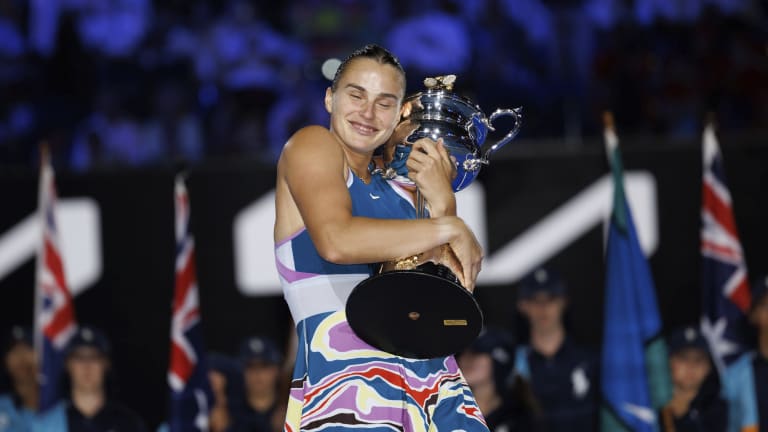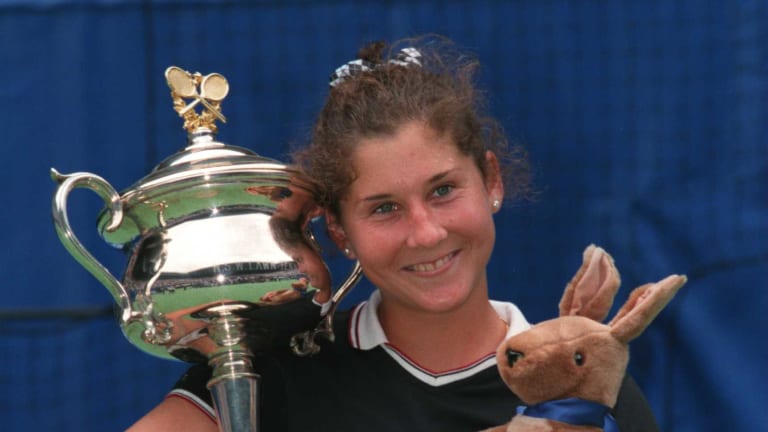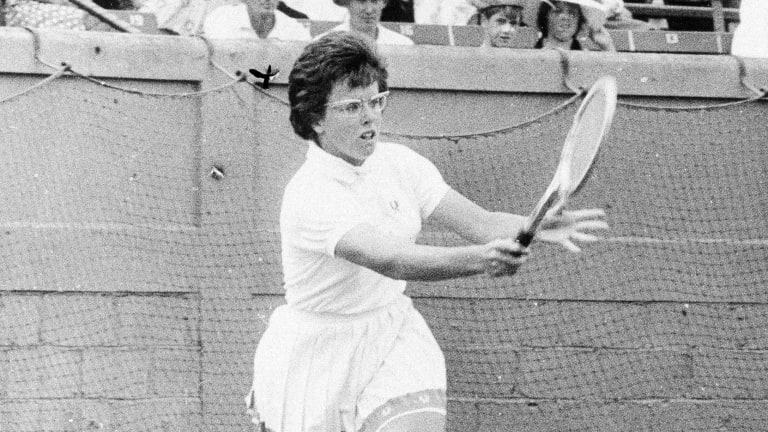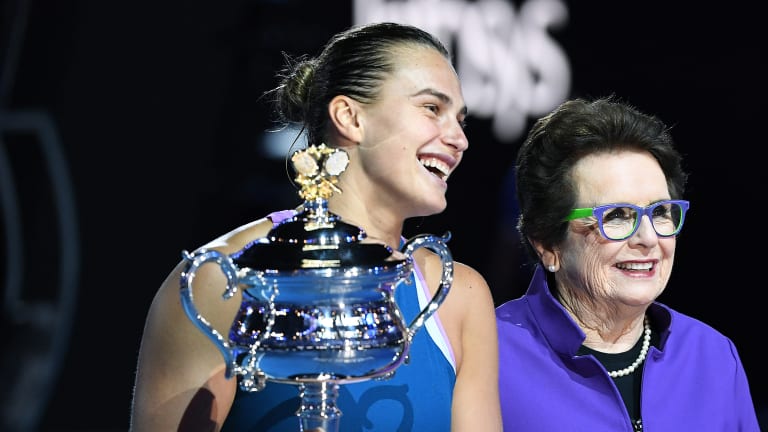The Wizards of Oz, starring Australian Open women’s champion Aryna Sabalenka
By Jan 28, 2023Australia at Last: Reflections on a first trip to the AO
By Jan 29, 2025Alexander Zverev must elevate his game when it most counts—and keep it there
By Jan 27, 2025Jannik Sinner draws Novak Djokovic comparisons from Alexander Zverev after Australian Open final
By Jan 26, 2025Alexander Zverev left to say "I'm just not good enough" as Jannik Sinner retains Australian Open title
By Jan 26, 2025Jannik Sinner is now 3-0 in Grand Slam finals after winning second Australian Open title
By Jan 26, 2025Taylor Townsend and Katerina Siniakova win second women's doubles major together at the Australian Open
By Jan 26, 2025Madison Keys wins her first Grand Slam title at Australian Open by caring a little bit less
By Jan 25, 2025Henry Patten, Harri Heliovaara shrug off contentious first set to win Australian Open doubles title
By Jan 25, 2025Aryna Sabalenka takes a rare loss in Australian Open slugfest
By Jan 25, 2025The Wizards of Oz, starring Australian Open women’s champion Aryna Sabalenka
Having just spent a fortnight in the zone competitors live for, the newest member of the Grand Slam club is now about to enter a zone of an entirely different nature.
Published Jan 28, 2023
Advertising

This part wasn't a dream; Sabalenka made it reality Saturday night.
© AP
Advertising

Seles won the Australian Open from 1991-93 and again in 1996.
© Getty Images
Advertising

King on the grass of Kooyong in 1965 while competing for her nation in the semifinals of the Federation Cup, now called the Billie Jean King Cup.
© AP
Advertising
Advertising

Seven of the Original Nine—Peaches Bartkowicz, Casals, Judy Dalton, King, Kerry Melville Reid, Kristy Pigeon and Valerie Ziegenfuss—were on hand for a special celebration ahead of the women's semifinals.
© Getty Images
Advertising

These two did end up sharing a chat.
© 2023 James D. Morgan